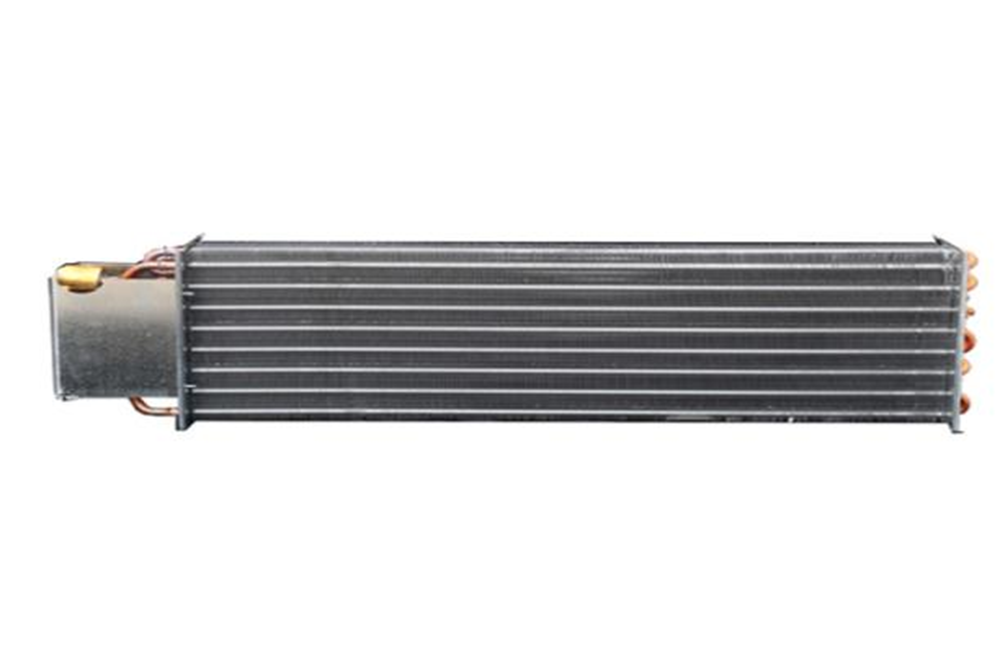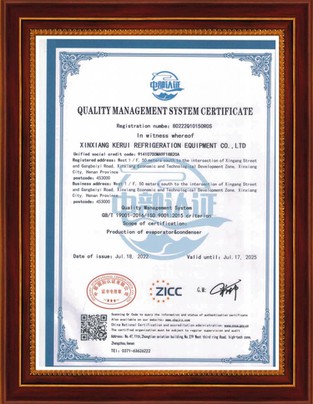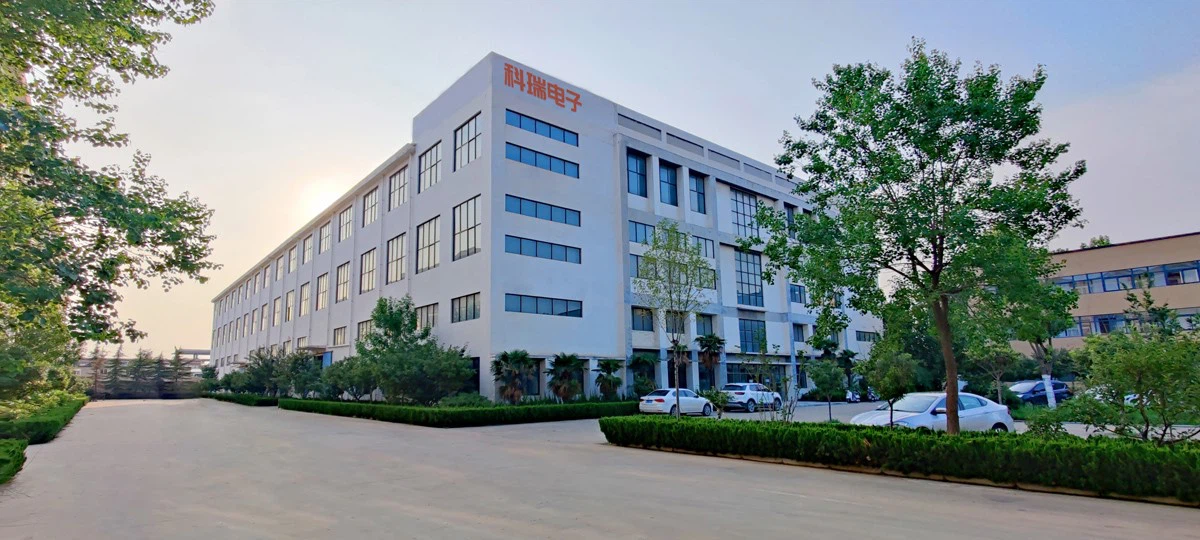Fan Coil Heat Exchanger
-
Structure and Composition
- Fan: Drives the flow of air through the heat exchanger coil.
- Heat Exchanger Coil: Typically made of copper tubing, with cooling water or heating medium flowing inside. The fins on the coil increase the heat exchange area, enhancing thermal efficiency.
- Control Systems: Regulates fan speed and medium flow rate based on indoor temperature sensor feedback to maintain constant indoor temperatures.

- Operating Principle
-
- Cooling water or heating medium flows through the heat exchanger coil, exchanging heat with the air passing through it.
- The fan circulates indoor air over the heat exchanger coil, achieving heating or cooling.
- The control system adjusts fan speed and medium flow rate based on indoor temperature, ensuring stable indoor climate conditions.

-
Types
- Low-Velocity Pressure Fan Coil Heat Exchangers: Designed to reduce exhaust air velocity from the heat exchanger, enhancing user comfort and extending motor and fan lifespan.
- Chilled Water Fan Coil Heat Exchangers: Utilize chilled water as the cooling medium, exchanging heat with indoor air through the heat exchanger coil to achieve cooling effects.
-
Advantages
- Energy Efficiency: Optimized design and control systems maximize energy utilization.
- High Comfort Levels: Provides even distribution of heated or cooled air, maintaining a stable indoor climate.
- Ease of Maintenance: Compact structure facilitates easy cleaning and maintenance.

-
Applications
- Widely used in commercial buildings, offices, hospitals, schools, and other venues requiring centralized heating and cooling.
- Suitable for residential buildings, apartments, and other small structures, offering personalized indoor climate control.
-
Maintenance and Servicing
- Regularly inspect the fan, coil, and control system for proper operation.
- Clean coil fins and fan blades to ensure air circulation and thermal efficiency.
- Replace worn-out components such as fan bearings and seals.
- Follow manufacturer recommendations for routine maintenance and servicing.









